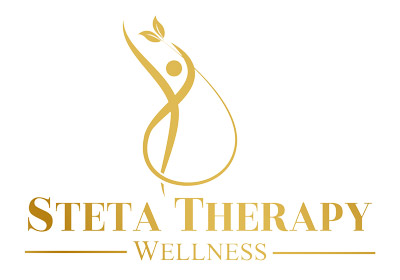
12 Jun Navigating Trauma Bonds: Can They Ever Be Healthy?
Trauma bonding is a concept that often triggers intense emotions and deep reflection—highlighting the complex interplay of attachment, pain, and intimacy in relationships. Rooted deeply in psychology, trauma bonds can significantly impact emotional health, allowing people to feel deeply seen, although sometimes the blurred boundaries and intensity can be destructive. But what exactly constitutes a trauma bond, and can such connections ever evolve into genuinely healthy relationships?
What is Trauma Bonding?
Trauma bonding describes a powerful emotional attachment formed within relationships marked by cycles of abuse, manipulation, or emotional turmoil. Central to these bonds is intermittent reinforcement—a psychological mechanism characterized by unpredictable alternations between affection and neglect, or conflict.
These mixed signals establish a compelling attachment, making individuals feel trapped in relationships despite experiencing pain. Trauma bonds aren’t exclusively romantic; they also manifest among friends and family, connecting people through shared emotional wounds or unresolved trauma.
Common Characteristics of Trauma Bonds:
- Intense emotional highs and lows.
- Feeling deeply seen due to others experiencing negative or uncomfortable parts of personality or experiences.
- Difficulty leaving despite harm.
- Loyalty towards someone who inflicts emotional or physical pain.
- Feeling responsible for “fixing” or saving the other person.
Psychological Effects of Trauma Bonding
Trauma bonding profoundly affects mental well-being. According to Dr. Patrick Carnes, who coined the term, the cycle of reward and punishment creates emotional dependency, eroding self-worth, and confidence, and fostering feelings of fear, guilt, and confusion.
Key Mental Health Impacts:
- Anxiety and Depression: Relationship instability breeds chronic unease and emotional fatigue.
- Low Self-Esteem: Constantly seeking approval diminishes confidence.
- Chronic Stress: Emotional unpredictability strains both mind and body.
Are Trauma Bonds Ever Healthy?
Initially unhealthy, trauma bonds might potentially evolve into healthier relationships under specific conditions. Mutual respect, trust, and open communication, supported by professional guidance, can foster positive transformation.
Recognizing Trauma Bonding: Signs to Watch For
Identifying trauma bonding can be challenging. Watch for these signs:
- Feeling “addicted” despite harmful consequences.
- Making excuses for harmful behaviors.
- Violating boundaries explicitly or implicitly.
- Prioritizing the relationship over personal well-being.
- The internal struggle between staying and leaving.
Steps to Break Free from Trauma Bonds
Recognizing a trauma bond is the first step toward healing. Implement these strategies to reclaim emotional freedom:
1. Establish and Enforce Boundaries
Clearly define acceptable behaviors and consistently uphold them to maintain emotional safety.
2. Seek Professional Support
Counselors specializing in trauma provide essential tools to identify harmful patterns and guide healthier relationship practices.
Dr. Jamie Bronstein emphasizes, “Breaking a trauma bond demands self-awareness and willingness to confront discomfort. A skilled therapist can significantly facilitate this challenging yet rewarding journey.”
3. Rediscover Personal Independence
Engage in self-care, pursue hobbies, and cultivate relationships outside the trauma-bond dynamic. Rebuilding your identity and confidence is crucial.
4. Cultivate Supportive Networks
Share your experiences with trusted individuals or support groups to gain fresh perspectives and combat isolation.
Transforming Trauma Bonds into Healthy Relationships
Leaving a toxic relationship isn’t always straightforward, especially when strong emotions, loyalty, or shared trauma are involved. Yet, transformation is achievable with mutual effort and professional help.
Consider Mark and Ellie, who bonded initially through shared emotional struggles but later cultivated a healthier relationship through therapy and improved communication, highlighting that healing and growth are possible.
Building and Sustaining Healthy Relationships
Healthy relationships require intentional effort. Consider these steps:
- Open Communication: Express needs, boundaries, and concerns clearly.
- Compassionate Listening: Validate and genuinely engage with the other person’s feelings.
- Mutual Respect and Trust: Prioritize honesty and transparency.
- Personal Growth: Invest in individual development alongside relationship goals.
The Journey Toward Healing
Ending or transforming trauma bonds takes courage, awareness, and dedicated effort. With appropriate strategies and support, reclaiming emotional well-being and developing uplifting relationships is entirely possible.
If trauma bonding affects your life, remember you’re not alone. Reach out to mental health professionals and take your first step toward healing today.


No Comments